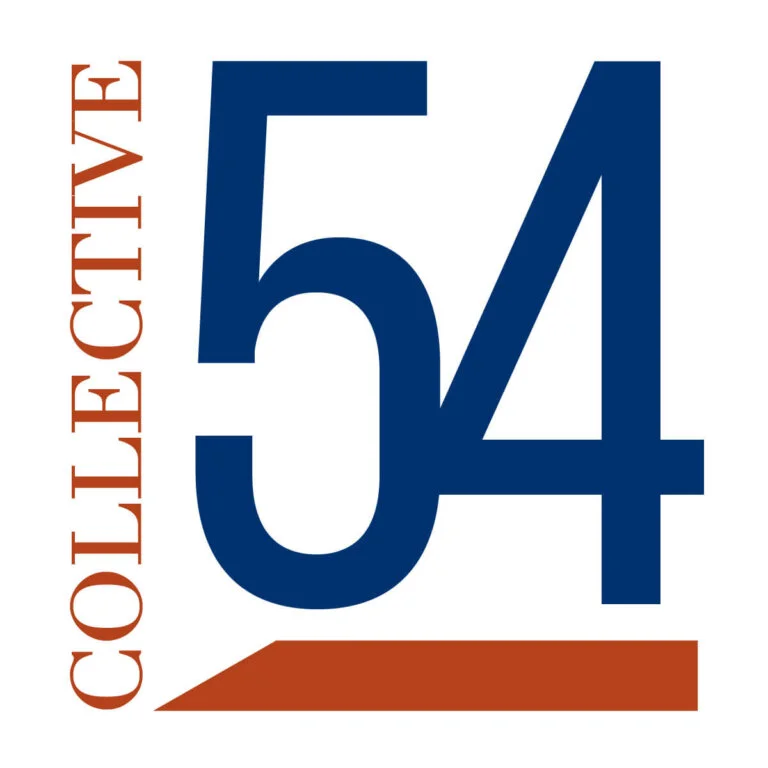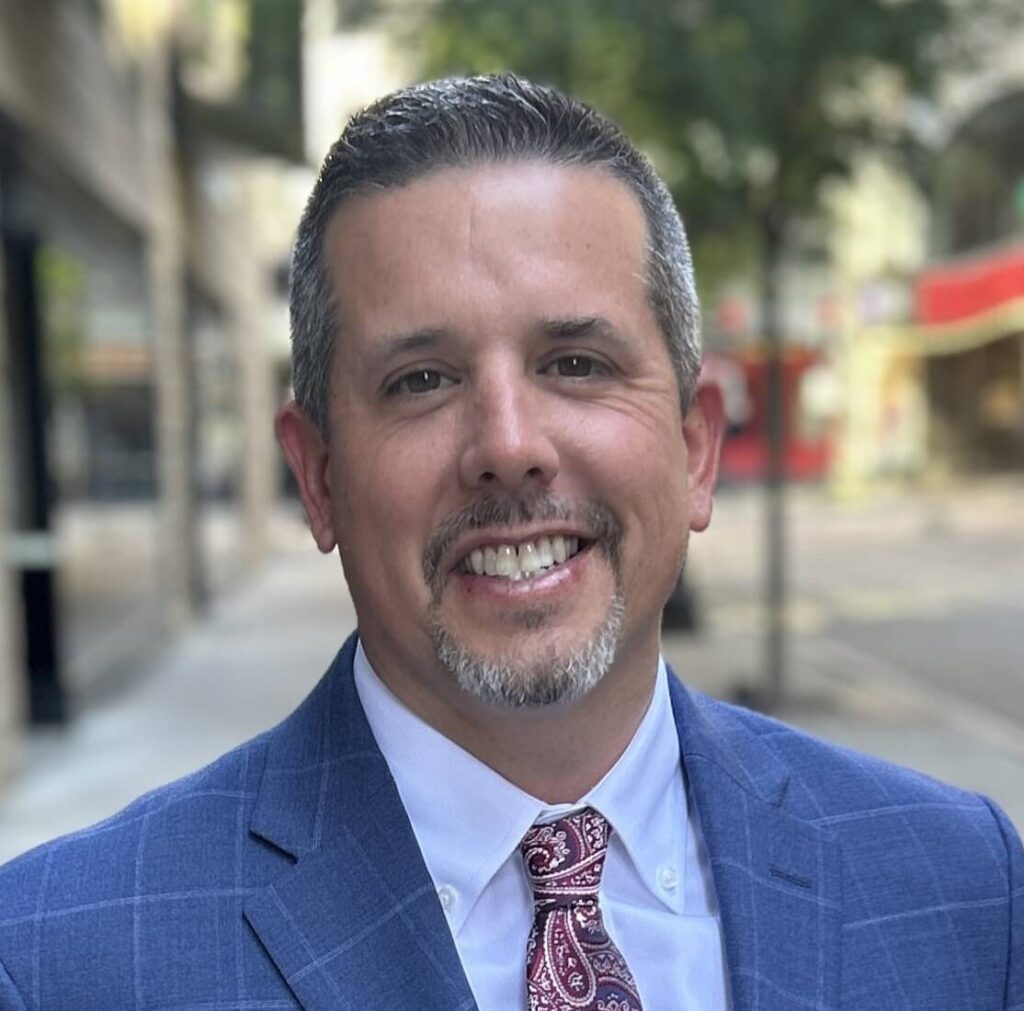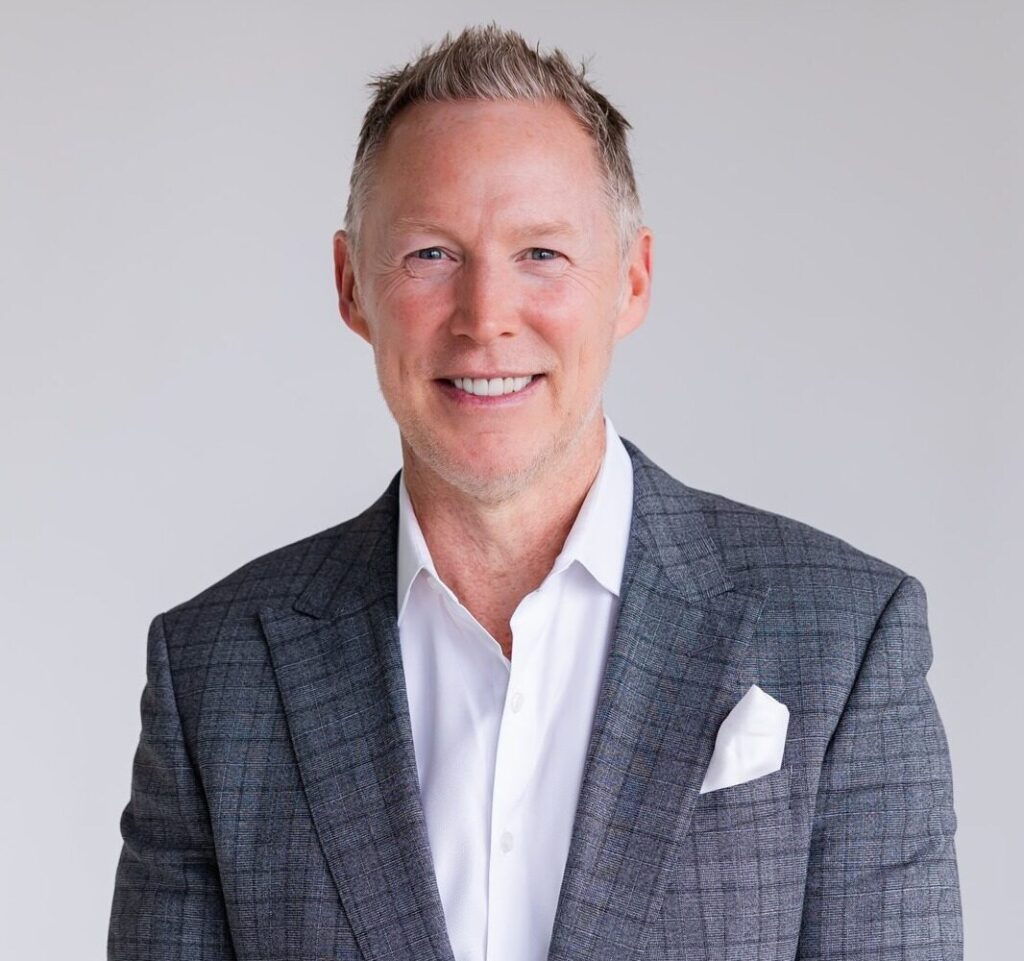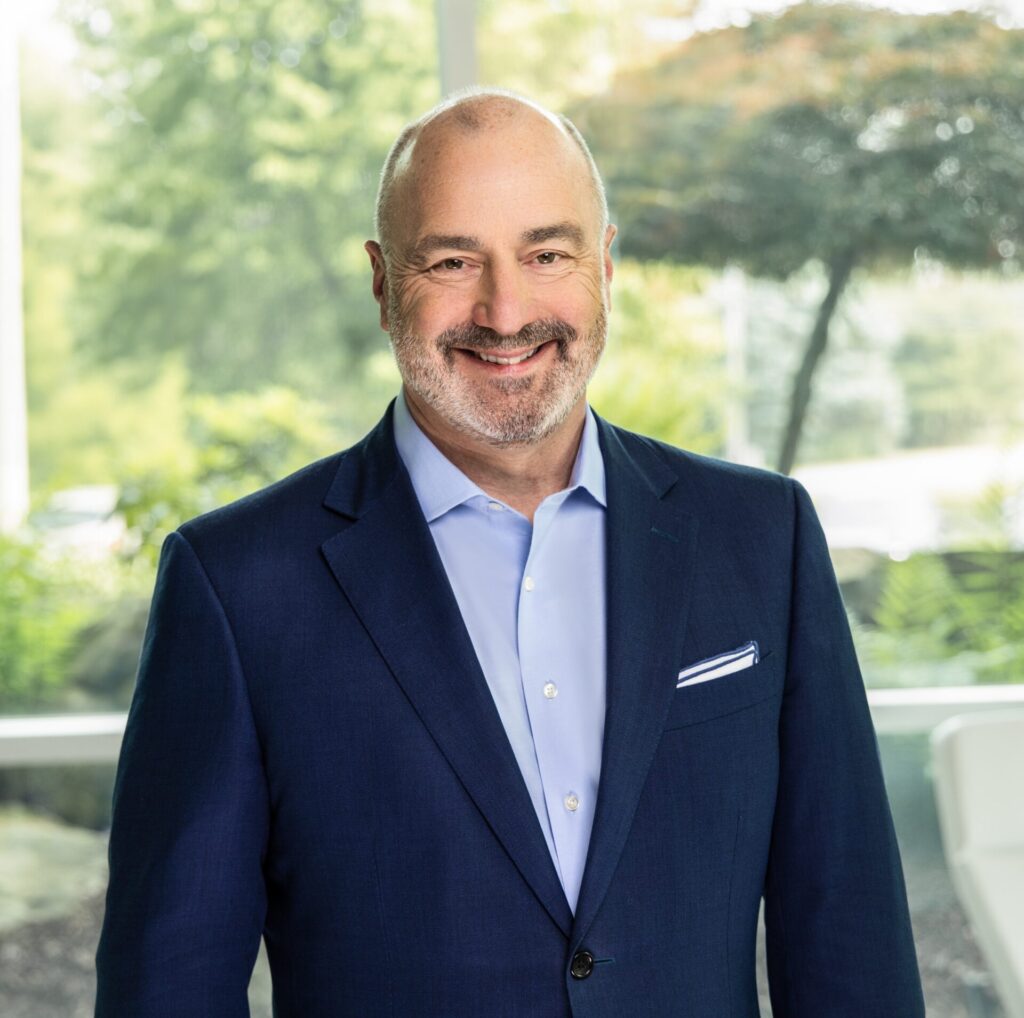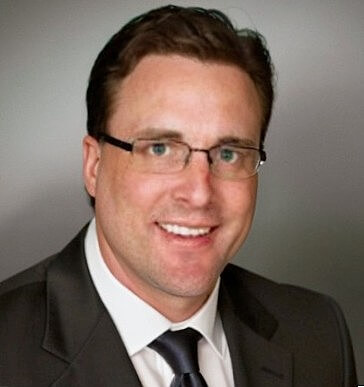LinkedIn’s Value Crisis: Why Executives Are Questioning Their Investment
The platform feels broken, but pulling back might be the bigger mistake. A marketing director told me last week that her team constantly asks themselves about “the true and current value of LinkedIn.” Her team is still posting, still investing time, still showing up consistently. But internally, the conversation has changed. They used to ask, “How do we do more on LinkedIn?” Now they ask, “Should we keep doing this at all?” Every planning meeting circles back to whether the investment makes sense.
